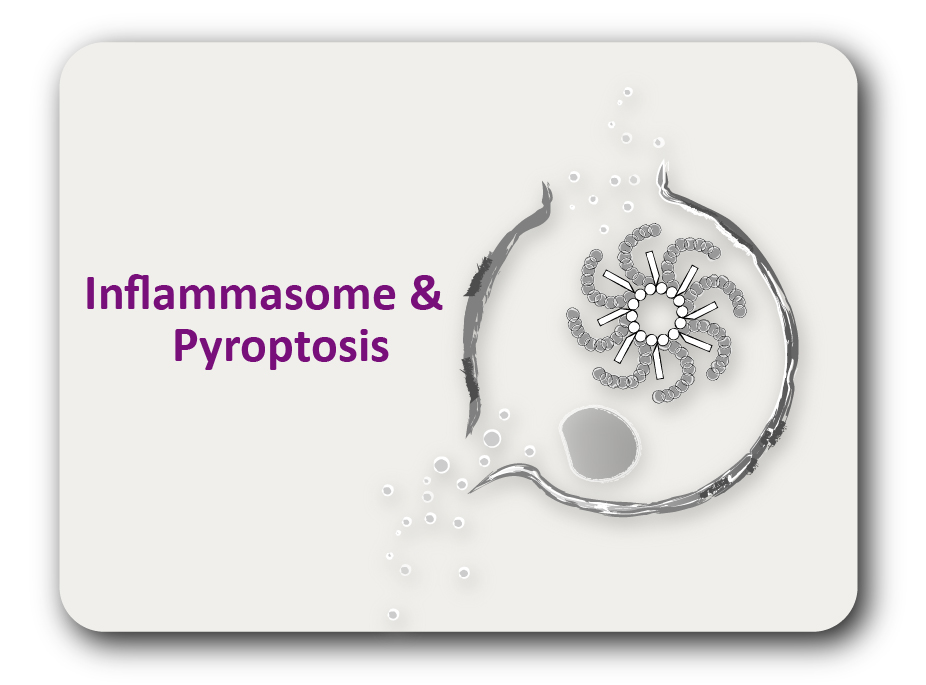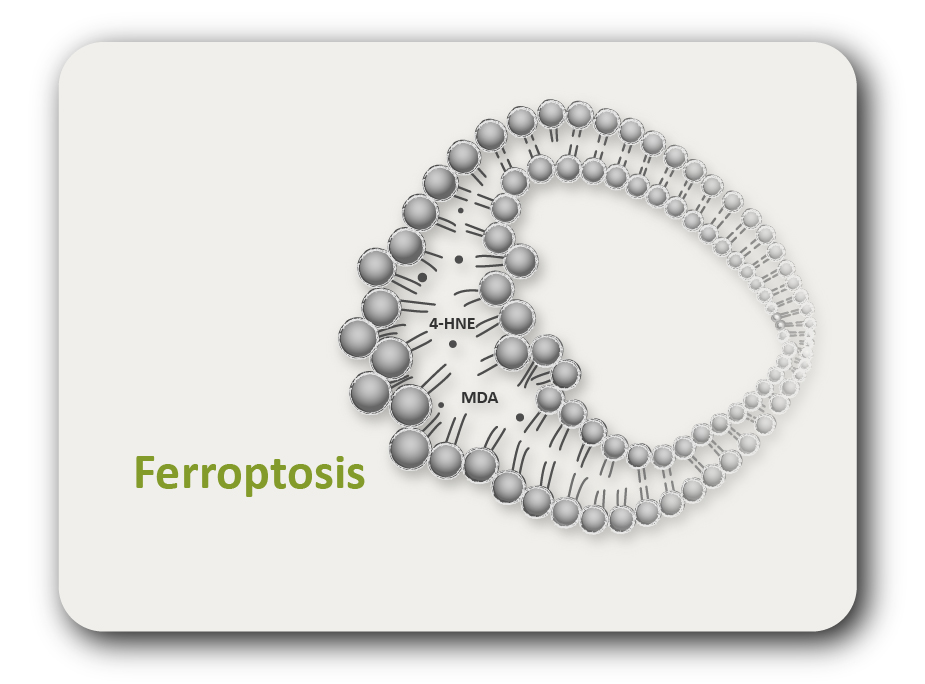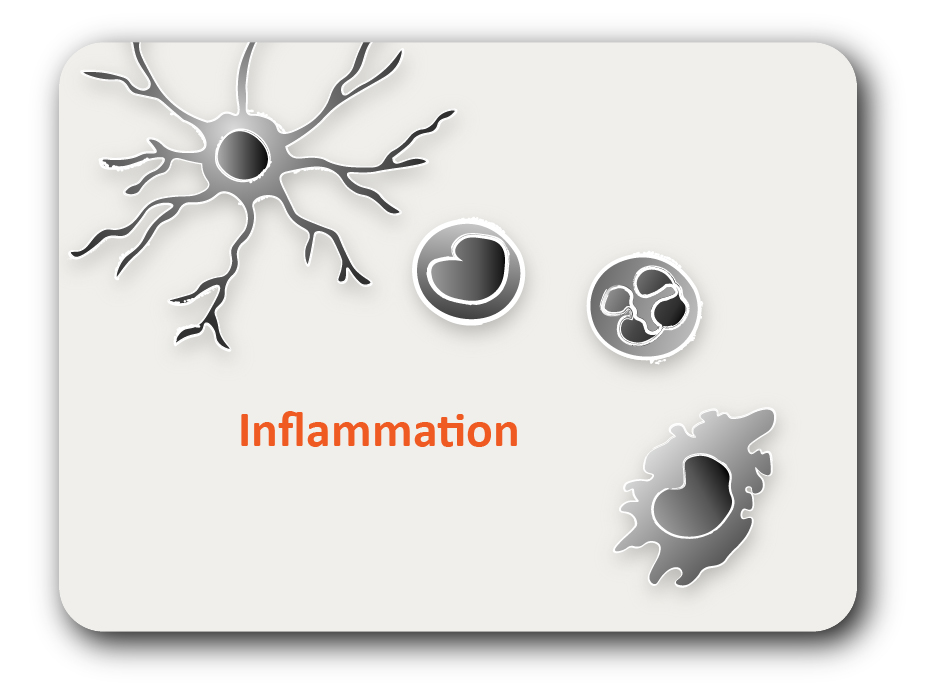ARG10194
anti-TNF alpha antibody [B1E4] (HRP)
anti-TNF alpha antibody [B1E4] (HRP) for ELISA and Human
Cancer antibody; Cell Biology and Cellular Response antibody; Immune System antibody; Metabolism antibody; Signaling Transduction antibody
概述
| 产品描述 | HRP-conjugated Mouse Monoclonal antibody [B1E4] recognizes Human TNF-alpha |
|---|---|
| 反应物种 | Hu |
| 应用 | ELISA |
| 宿主 | Mouse |
| 克隆 | Monoclonal |
| 克隆号 | B1E4 |
| 同位型 | IgG1, kappa |
| 靶点名称 | TNF alpha |
| 抗原物种 | Human |
| 抗原 | Purified recombinant human TNF-α |
| 偶联标记 | HRP |
| 別名 | Tumor necrosis factor ligand superfamily member 2; DIF; Cachectin; ICD2; ICD1; N-terminal fragment; TNF-a; TNFA; TNFSF2; TNF-alpha; Tumor necrosis factor; NTF |
应用说明
| 应用说明 | ELISA: This HRP-conjugated monoclonal antibody can be used as a tracer/detection antibody in sandwich ELISA applications for human TNF-alpha detection in combination with capture antibody CH8820 (Cat. No.: ARG10001). * The dilutions indicate recommended starting dilutions and the optimal dilutions or concentrations should be determined by the scientist. |
|---|
属性
| 形式 | Liquid |
|---|---|
| 纯化 | Protein G affinity purified |
| 缓冲液 | 0.01M PBS (pH 7.2) and 50% Glycerol |
| 稳定剂 | 50% Glycerol |
| 存放说明 | For continuous use, store undiluted antibody at 2-8°C for up to a week. For long-term storage, aliquot and store at -20°C. Storage in frost free freezers is not recommended. Keep the antibody in the dark and keep protected from prolonged exposure to light. Avoid repeated freeze/thaw cycles. Suggest spin the vial prior to opening. The antibody solution should be gently mixed before use. |
| 注意事项 | For laboratory research only, not for drug, diagnostic or other use. |
生物信息
| 数据库连接 | |
|---|---|
| 基因名称 | TNF |
| 全名 | tumor necrosis factor |
| 背景介绍 | Tumor Necrosis Factor alpha (TNF-α) is a multifunctional pro-inflammatory cytokine, mainly secreted by activated macrophages. TNF-α was named for its remarkable ability to cause hemorrhagic necrosis of tumors in mice. It is implicated with a variety of biological procedures including systemic inflammation, cell proliferation, apoptosis, lipid metabolism, and coagulation. The pleiotropic attribute of TNF-α regulation is associated with its ability to trigger multiple signalling pathways simultaneously. It is well documented that TNF-α functions through its receptors, TNFR1 (p55) and TNFR2 (p75). TNF-α not only contributes to the immune response to bacterial, fungal, viral and parasitic invasions, but also functions in tissue remodeling, autoimmune-diseases and the necrosis of specific tumors. TNF-α hyper-expression in response to some bacterial components such as LPS can cause life threatening septic shock. Recombinant TNF-α, in combination with chemotherapy, has been applied for treatment of soft sarcomas, melanomas and other irresectable tumors. Anti-TNF-α therapy has been used for treatment of rheumatoid arthritis. |
| 生物功能 | Cytokine that binds to TNFRSF1A/TNFR1 and TNFRSF1B/TNFBR. It is mainly secreted by macrophages and can induce cell death of certain tumor cell lines. It is potent pyrogen causing fever by direct action or by stimulation of interleukin-1 secretion and is implicated in the induction of cachexia, Under certain conditions it can stimulate cell proliferation and induce cell differentiation. Impairs regulatory T-cells (Treg) function in individuals with rheumatoid arthritis via FOXP3 dephosphorylation. Upregulates the expression of protein phosphatase 1 (PP1), which dephosphorylates the key 'Ser-418' residue of FOXP3, thereby inactivating FOXP3 and rendering Treg cells functionally defective (PubMed:23396208). The TNF intracellular domain (ICD) form induces IL12 production in dendritic cells. [UniProt] |
| 产品亮点 | Related Antibody Duos and Panels: ARG30069 TNF alpha ELISA Antibody Duo Related products: TNF alpha antibodies; TNF alpha ELISA Kits; TNF alpha Duos / Panels; TNF alpha recombinant proteins; Anti-Mouse IgG secondary antibodies; Related news: HMGB1 in inflammation Inflammatory Cytokines |
| 研究领域 | Cancer antibody; Cell Biology and Cellular Response antibody; Immune System antibody; Metabolism antibody; Signaling Transduction antibody |
| 预测分子量 | 26 kDa |
| 翻译后修饰 | The soluble form derives from the membrane form by proteolytic processing. The membrane-bound form is further proteolytically processed by SPPL2A or SPPL2B through regulated intramembrane proteolysis producing TNF intracellular domains (ICD1 and ICD2) released in the cytosol and TNF C-domain 1 and C-domain 2 secreted into the extracellular space. The membrane form, but not the soluble form, is phosphorylated on serine residues. Dephosphorylation of the membrane form occurs by binding to soluble TNFRSF1A/TNFR1. O-glycosylated; glycans contain galactose, N-acetylgalactosamine and N-acetylneuraminic acid. |





